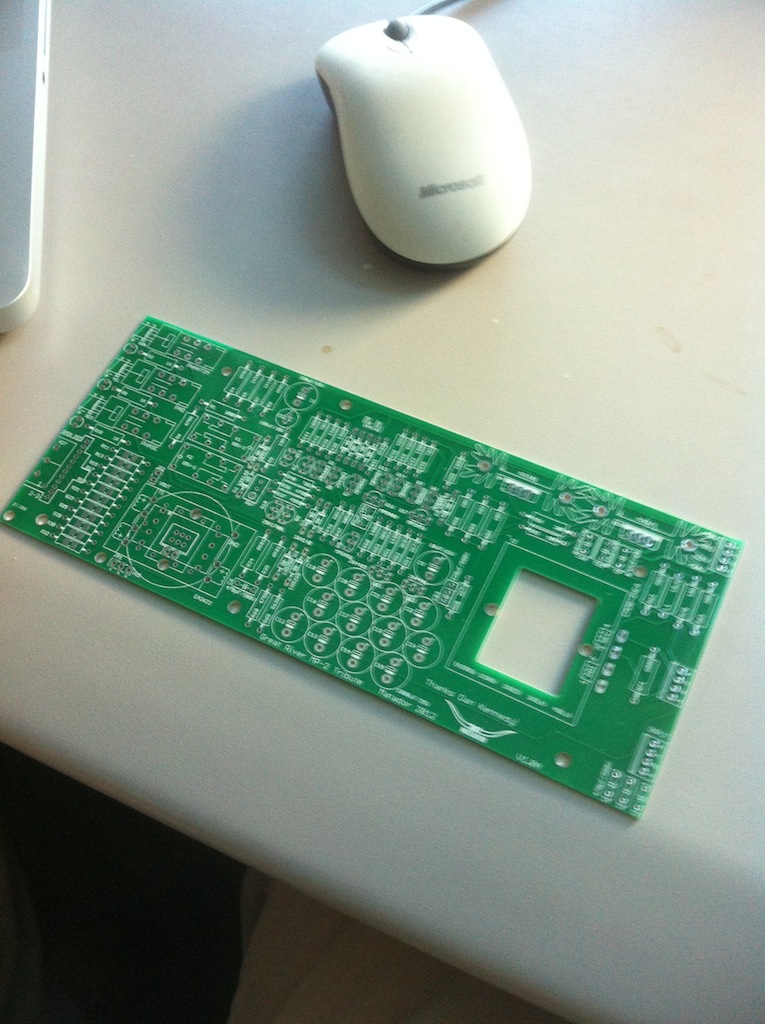As Matador suggested i got rid of the third bridge rectifier.
But the 6800uf elco on the negative side got really hot when i tried the PSU.
This is the new schema with the problematic elco in red:
The other one on the positiv and was cool. I measured +17,75 on the +18V output and something like -14V on the -18V output.
I later blew this elko when i tried to get rid of the current stored in the PSU after plugging the chord, which i did wrong.

I took the elko out of an power amp because my local electro store does not have 6800uf elcos.
Can i use 10000 µF 63 V instead which they have? This capacitor just takes the 60hz ripple out of the line and the bigger the smother the current gets correct?
Pls point me in the direction to find out why this elco got that hot. I'll swicht out the LM7918 and the elco.
How would you trace this problem, measure the resistance on the outputs or something? Propably a short on the negative rail?



































